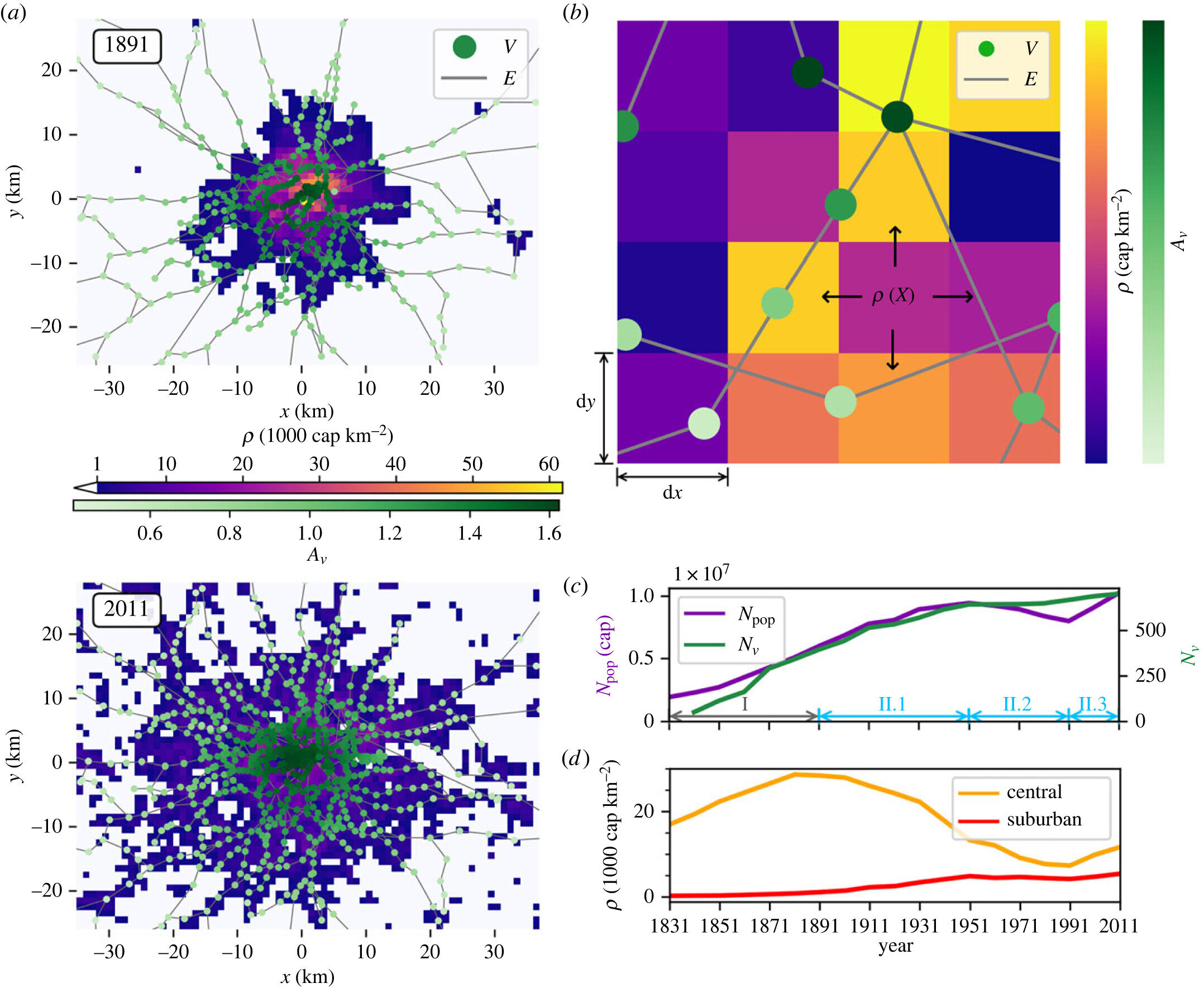Chris's Wiki :: blog/sysadmin/IPv6NetworksGetProbed
For reasons beyond the scope of this entry, my home ISP recently changed my IPv6 assignment from a /64 to a (completely different) /56. Also for reasons beyond the scope of this entry, they left my old /64 routing to me along with my new /56, and when I noticed I left my old IPv6 address on my old /64 active, because why not. Of course I changed my DNS immediately, and at this point it's been almost two months since my old /64 appeared in DNS. Today I decided to take a look at network traffic to my old /64, because I knew there was some (which is actually another entry), and to my surprise much more appeared than I expected.
On my old /64, I used ::1/64 and ::2/64 for static IP addresses, of which the first was in DNS, and the other IPv6 addresses in it were the usual SLAAC assignments. The first thing I discovered in my tcpdump was a surprisingly large number of cloud-based IPv6 addresses that were pinging my ::1 address. Once I excluded that traffic, I was left with enough volume of port probes that I could easily see them in a casual tcpdump.
The somewhat interesting thing is that these IPv6 port probes were happening at all. Apparently there is enough out there on IPv6 that it's worth scraping IPv6 addresses from DNS and then probing potentially vulnerable ports on them to see if something responds. However, as I kept watching I discovered something else, which is that a significant number of these probes were not to my ::1 address (or to ::2). Instead they were directed to various (very) low-number addresses on my /64. Some went to the ::0 address, but I saw ones to ::3, ::5, ::7, ::a, ::b, ::c, ::f, ::15, and a (small) number of others. Sometimes a sequence of source addresses in the same /64 would probe the same port on a sequence of these addresses in my /64.
















/cdn.vox-cdn.com/uploads/chorus_asset/file/25737195/AB4_6911_Q2mnYmjN.JPG)